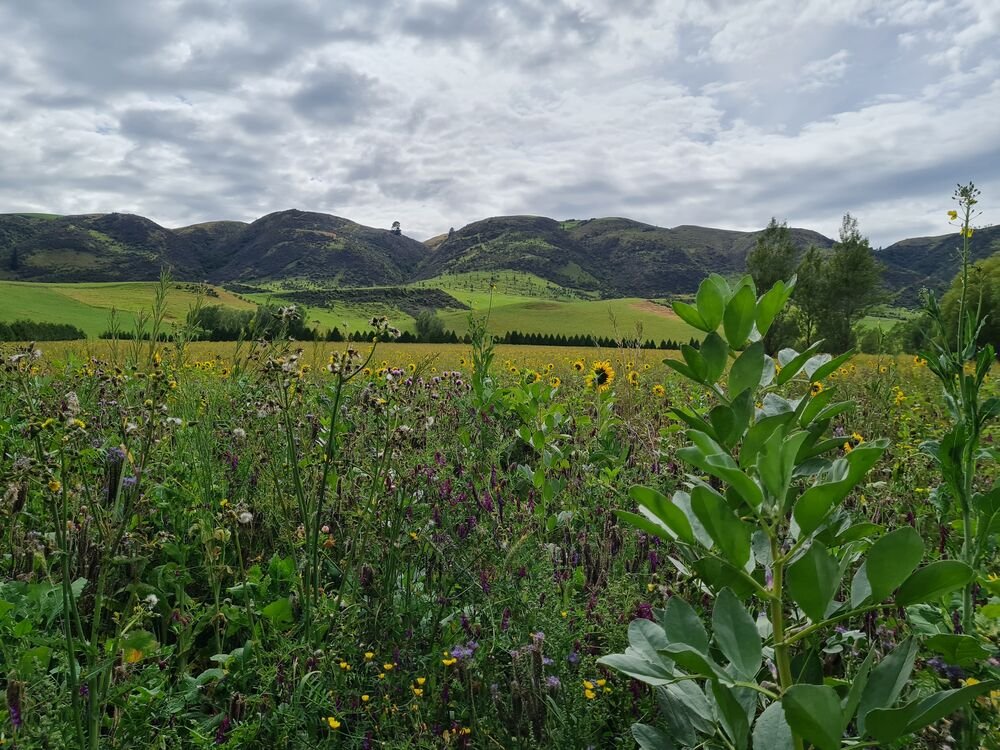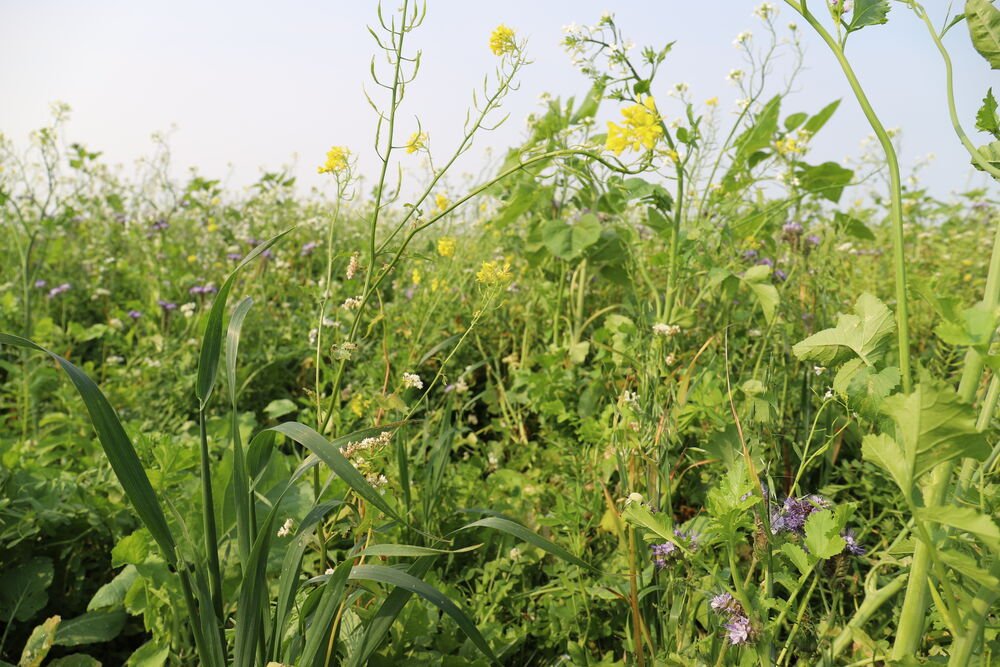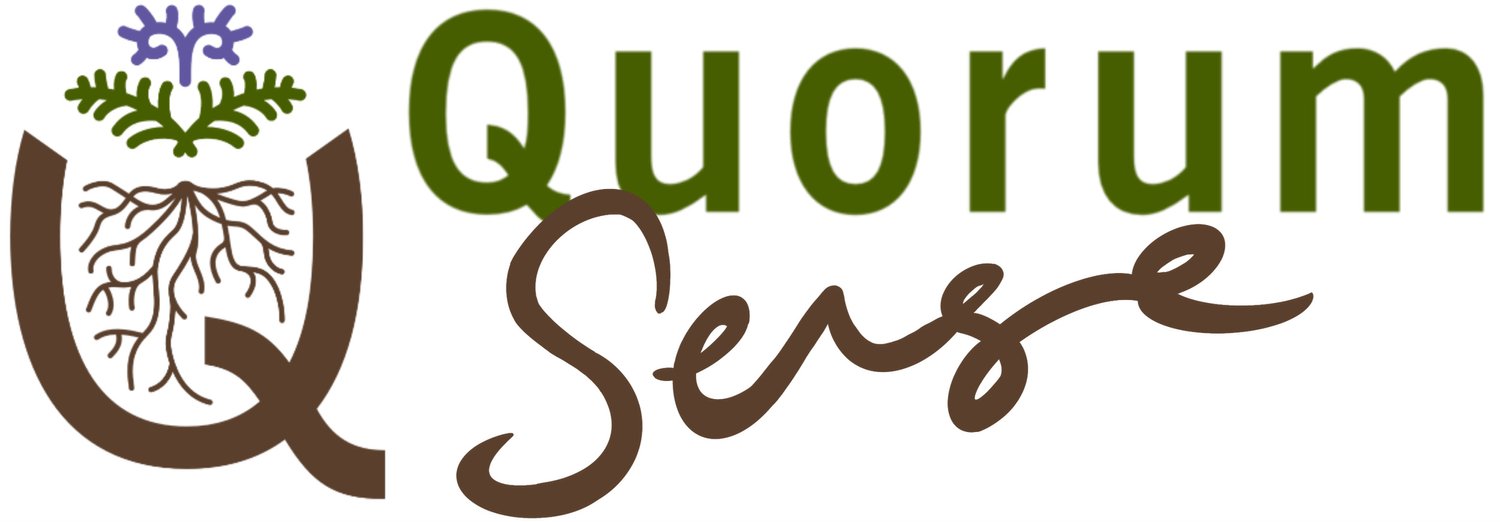What are diverse forage crops (and how do I use them)?
The intention of this ‘What are diverse forage crops?’ collection is to describe diverse forage crops and their potential benefits as well as to provide you with things to think about when adopting or tweaking the use of them.


A diverse forage crop is generally considered to be an annual/short term crop with at least three species. However most NZ farmers sow anywhere from 5-30 species, aiming for 3-5+ different plant families present, often with multiple species per family.
Generally, the purpose of diverse crops are to have a mix of species that balance and optimise total crop yield, flexibility, animal performance, soil health, input cost and ecological/environmental goals.
Specific benefits of using diverse forage crops
Adding diversity to forage crops brings a number of benefits compared to monocultures:
high quality and quantity of animal forage - a more complete / balanced nutrient-dense diet that can be customised for different stock classes, leading to:
less / no need for transitioning onto crop
less / no reports of metabolic issues
less / no need for supplementation
more settled stock
lower total dry matter intake per animal (compared to monoculture crops)
greater flexibility post-grazing, e.g. options for regrowth, termination, direct drilling into regrowth, etc.
(Note: Click on any underlined in blue word(s) in the text below to open a definition of that term).
Disclaimer: The information, opinions and ideas presented in this content is for information purposes only and does not constitute professional advice. Any reliance on the content provided is done at your own risk. (click here to view full disclaimer).
Toolbox index
-
Getting started with a regenerative approach to farming
-
Knowing where to start
-
About regenerative agriculture
-
-
Getting to know soil health
-
Soil health
-
Biological nutrient cycling
-
-
Managing your water cycle
-
Farmer experience
-
Exploring diverse crops / pastures
-
What are diverse crops or pastures (and how do I use them?)
-
Selecting, establishing and managing diverse crops and pastures
-
Farmer experience
-
-
Regenerative grazing management
